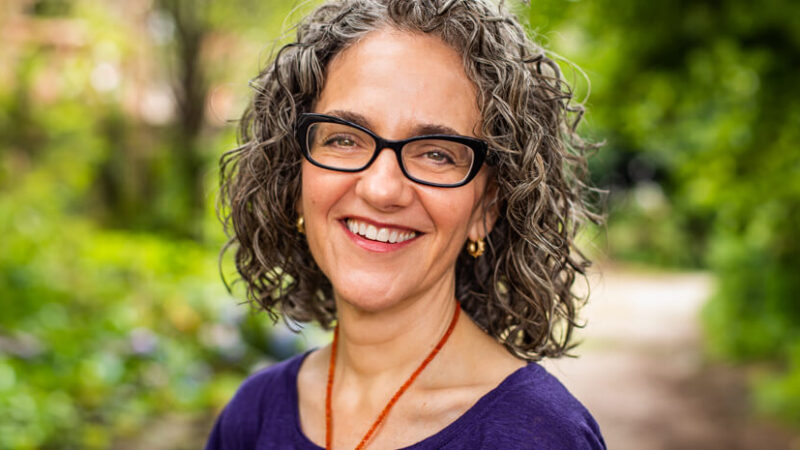Ruth King: Mindful of Race
Ruth King is an Insight Meditation teacher, life coach, diversity consultant, and the author of Healing Rage: Women Making Inner Peace Possible. She is publishing her new book, Mindful of Race: Transforming Racism from the Inside Out, in collaboration with Sounds True. In this episode of Insights at the Edge, Tami Simon speaks with Ruth about the personal experiences that led to writing Mindful of Race and why the heart can be “a mass weapon of healing.” They talk about the different ways we can interpret current racial narratives and why it takes honest self-examination to discover how one has benefited from a racist system. Ruth explains how mindfulness can open us up to having difficult conversations around racism, colonialism, and other forms of systemic oppression. Finally, Tami and Ruth discuss how “life is not personal, permanent, or perfect” and the necessity of cultivating compassion in all walks of life. (74 minutes)





